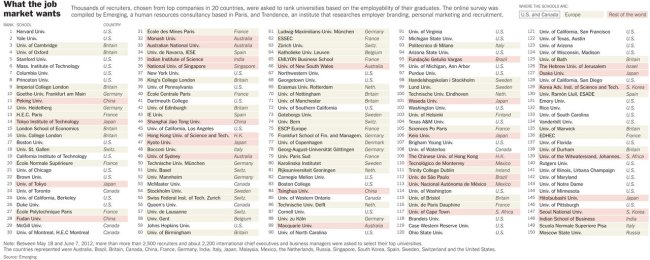Last week the Chronicle of Higher Education released its 2013 Influencer List. The list recognizes “people who shaped higher education” and reflects some of the most significant trends in academia from athletics to adjunct salary and college access.
While most influencers on the list are individuals, Karin Fischer identifies Chinese parents collectively as “influential customers.” I would extend that logic and say that these parents are more than customers, they are an under-tapped philanthropic body.

It is undeniable. Chinese students are an increasingly important demographic at most American colleges. With enrollment numbers approaching a quarter million nationally, many cash strapped campuses look to these students’ ability to pay full tuition as a crucial source of income.
What makes these students different from the traditional American student is the role their parents play in their education. Fischer points out, in China the demand for education and well-paying jobs far outweighs the country’s supply. This disconnect, when combined with state policy that has limited most families to one child, has led many families to place their hope for the future squarely on the shoulders of their child’s educational and financial success. So while many American students may make choices based on their peers and teachers, the Chinese student typically is more influenced by the wishes of their parents.
Institutions that want to attract this important demographic – and by extension their tuition payments – would be wise to look beyond the student and ask what is important to the parents. To stop there is short sighted though.
Last year, I wrote a case study for a new book published by the Association of Fundraising Professionals on global fundraising. In the study, I suggested that global giving to universities is the next trend in higher education philanthropy.
In 2009 U.S. universities received over $200 million in monetary gifts from international sources. While 59% of the gifts came from Europe, Mexico and Canada, Asia and the Middle East combined contributed 37%. In my opinion that number will grow significantly over the next decade. While philanthropists have established methods for raising funds in western countries, we are only beginning to tap markets in Asia and the Middle East.
A Chinese student with the means to attend an American university is often supported by parents with a large untapped giving capacity. In America we invest significant resources to engage parents and encourage parental giving. Here is a demographic of parents that is already actively engaged and is extraordinarily invested in the education their child is receiving. While there are challenges to turning engagement into giving, the potential philanthropic payoff is huge.
Even beyond the parents, the students themselves are a future fundraising source. We must also inculcate a culture of giving among these students. Given that access to education is minimal in China, we can expect that many of these students will use their education to secure senior positions in business and government. In 20 years, these students could themselves have significant giving potential. Turning that future potential into giving starts with teaching philanthropy now on our campus, but staying in contact after graduation is essential to keeping affinity alive.
The Chinese parent is an influential customer, but they are also a yet untapped affinity group. At ASU we are working to develop innovative new methods for reaching this audience from alumni engagement, to athletics, distance education and international partnerships. The next frontier for American higher education philanthropy is not local or even western, it is global.








